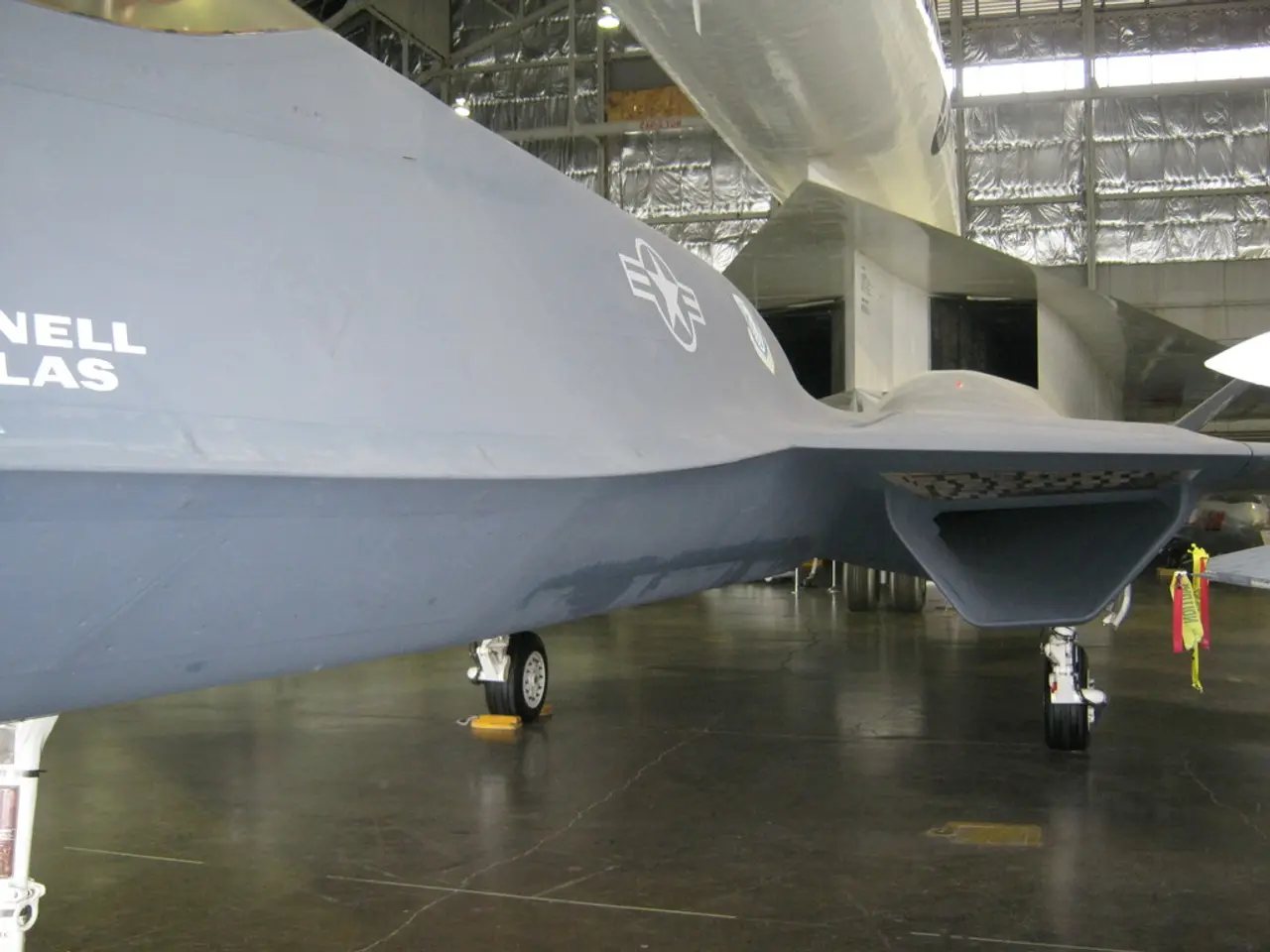Air Force Pursues Additional $71 Million for Officer Aircrew Bonus Payment
In a move to address the ongoing challenges of manning shortages and high turnover rates, particularly in hazardous roles, the United States Air Force has announced significant changes to its incentive pay programmes for both officers and enlisted personnel.
The Air Force is requesting an additional $71.2 million for hazardous duty incentive pay for commissioned officers in fiscal 2026. This increase, which accounts for 99% of the total incentive pay request for officers, is aimed at retaining officers in dangerous assignments involving aviation and other hazardous duties such as parachute jumping, demolition, special warfare, toxic fuels exposure, or serving as test subjects in experimental stress studies.
Conversely, the Air Force is facing a decrease in funding for enlisted hazardous duty incentive pays, with a reduction from $70.8 million in fiscal 2025 to $52 million in fiscal 2026. This change is attributed to a decrease in the number of enlisted recipients qualifying for these incentives. Despite this overall drop, the enlisted Selective Retention Bonus program is set to grow slightly by $4.4 million, reflecting a continuing, though more modest, effort to retain enlisted personnel in key specialties.
The Air Force is also requesting an additional $15.6 million for its officer retention bonus program in fiscal 2026, and an extra $12 million to fund the Rated Officer Retention Demonstration Program. This programme, which provides extra incentive for Active-Duty pilots, is expected to grow by about 47% from 612 Airmen to 903 in 2026.
The strategic adjustment in funding aligns with the changing number of personnel occupying hazardous roles and retention needs within the Air Force. The service is facing a decade-long deficit of approximately 2,000 pilots due to relentless deployments, aging aircraft inventories, and a shrinking force structure.
To combat this shortage, the Air Force is planning to increase transparency in assignment and other personnel processes, implement family support programs, revitalise squadrons, increase aircrew training pipelines, and allow retirees to return to duty to minimise manning shortages.
These changes come as the Air Force grapples with the reality that it no longer has the necessary forces, including aircraft and pilots, to withstand combat losses and sustain effective combat operations against a peer adversary. The pilot shortage has been a topic of concern, with a study published by Heather R. Penney, a former F-16 fighter pilot and senior resident fellow at the Mitchell Institute for Aerospace Studies, highlighting the issue in January.
In addition to the incentive pay changes, fighter pilots can expect a 23% increase in their bonus amount, from $27,528 to $33,781, while special operations pilots can expect a 14% increase, from $24,827 to $28,478.
The Air Force's focus on retention and incentivising personnel to remain in hazardous roles is a critical step in addressing the current manning shortages and ensuring the service remains capable of meeting its mission requirements.
- The Air Force is requesting an additional $15.6 million for its officer retention bonus program in fiscal 2026, a crucial step towards addressing the ongoing manning shortages, particularly among officers.
- The strategic changes in funding also include an extra $12 million to fund the Rated Officer Retention Demonstration Program, which aims to increase by 47% to 903 in 2026, providing extra incentives for Active-Duty pilots.
- In the realm of sports, fighter pilots can expect a 23% increase in their bonus amount, from $27,528 to $33,781, while special operations pilots can anticipate a 14% increase, from $24,827 to $28,478.
- The Air Force's focus on space, highlighted by the aerospace sector, is not overlooked as it continues to grapple with the reality of its diminishing aircraft inventories and the need for more pilots, aiming to bolster its forces and maintain effectiveness in both aviation and space warfare.








